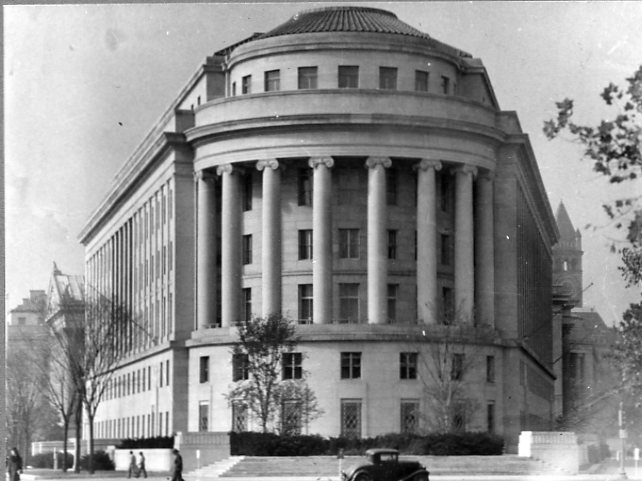There are at least 366 presidentially appointed positions requiring Senate confirmation that are still awaiting a nominee or have nominees already going through the long, arduous, confirmation process. However, a process that has long been notorious for how time-consuming and antiquated it is, is intentionally being made even more difficult by nefarious Republican bad actors that are weaponizing Senate rules against supremely qualified nominees specifically to hinder the health of the federal government and to devastate President Biden’s agenda.
Republican Senators Josh Hawley, Ted Cruz, Tom Cotton, Pat Toomey, and others have all been leaders of this de facto blockade at some point or another, dragging out the confirmation battles of U.S. Attorneys and Ambassadors as well as Federal Board of Governors nominees and potential Small Business Administration execs. Their manipulation of Senate rules, such as through committee boycotts and an almost blanket rejection of unanimous consent agreements, has eaten through valuable Senate floor time for no reason other than to incapacitate the federal government for their own political points. To put in perspective just how time consuming and painful bad actors such as these have the potential to make the confirmation process, let’s do some math.
As mentioned above, there are at least 366 seats that are at some stage of the confirmation process, including those who have already been nominated and seats with no nominee. These are broken out as below:
U = US Attorneys // 44
J = Judicial (Non-Circuit) // 69
JC = Judicial (Circuit) // 8
G = General Vacancies // 94 (outright) + 5 (awaiting official appointment) + 146 (before the Senate) = 245
Historically, 50 percent of civilian confirmations have been achieved through the use of a “unanimous consent agreement”, a procedure that essentially expedites the legislative process by functionally waiving structured debate over a nominee. This process makes the processes for uniform and uncontroversial nominees take just minutes of Senate floor time that otherwise would have taken hours. Unfortunately motions for unanimous consent, as name implies, fail if even one Senator objects as has been the case for many of President Biden’s nominees. When unanimous consent fails to pass, for U.S. Attorneys, non-Circuit Court federal Judges, and most independent agency nominations, post-cloture debate may take up two hours of Senate floor time for each individual candidate. For Supreme Court Justice nominees, Circuit Court nominees, and high-level Cabinet and Cabinet-equivalent nominees, the process may take up to 30 hours of Senate floor time per individual. These numbers add up as follows:
2U + 2J + 30JC + 2G = Y Total Hours of Potential Hours of Debate
2 x (44) + 2 x (69) + 30 x (8) + 2 x (245) =
88 + 138 + 240 + 490 =
- 956 Maximum Potential Hours of Senate Debate
So far this year the Senate has only spent 90 days in session according to its official calendars, with records showing only approximately 541 hours clocked over those days. That averages to about 6 hours spent in session per scheduled day. When taken to its most extreme – something which Republicans have thus proven themselves more than willing to do – the Republican blockade could take more than 159 days (956 hours/6 hours = # of days) of Senate sessions solely dedicated to nomination issues and literally nothing else in order to confirm all outstanding nominees. To put this number even further in perspective, in 2020, the Senate worked only 145 days. In 2014 the Senate worked an approximate 133 days. In the current political climate, it could require more days of Senate sessions to confirm Biden’s nominees than the Senate worked during its entire legislative session in 2014 and in 2020.
This system isn’t working.

